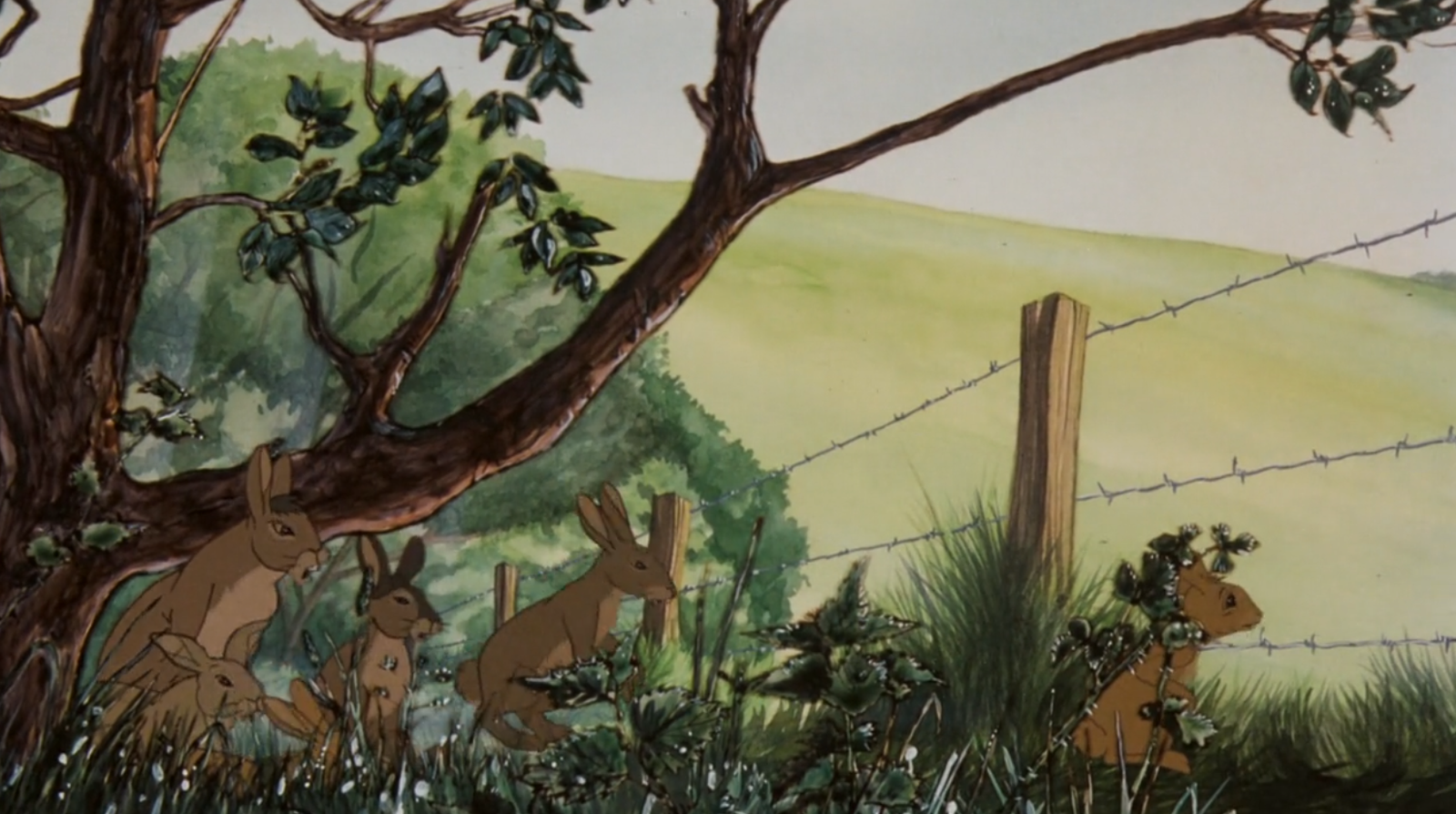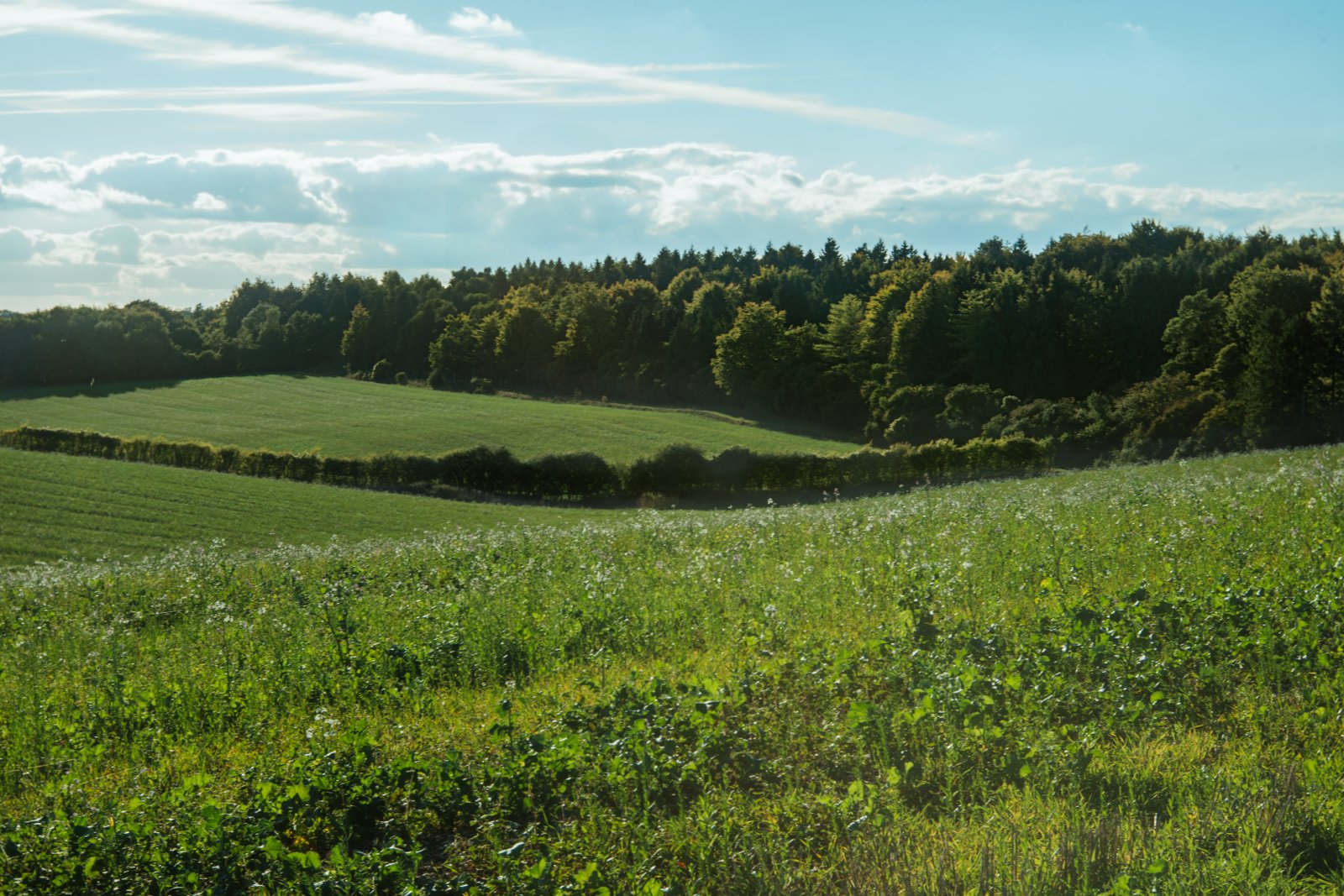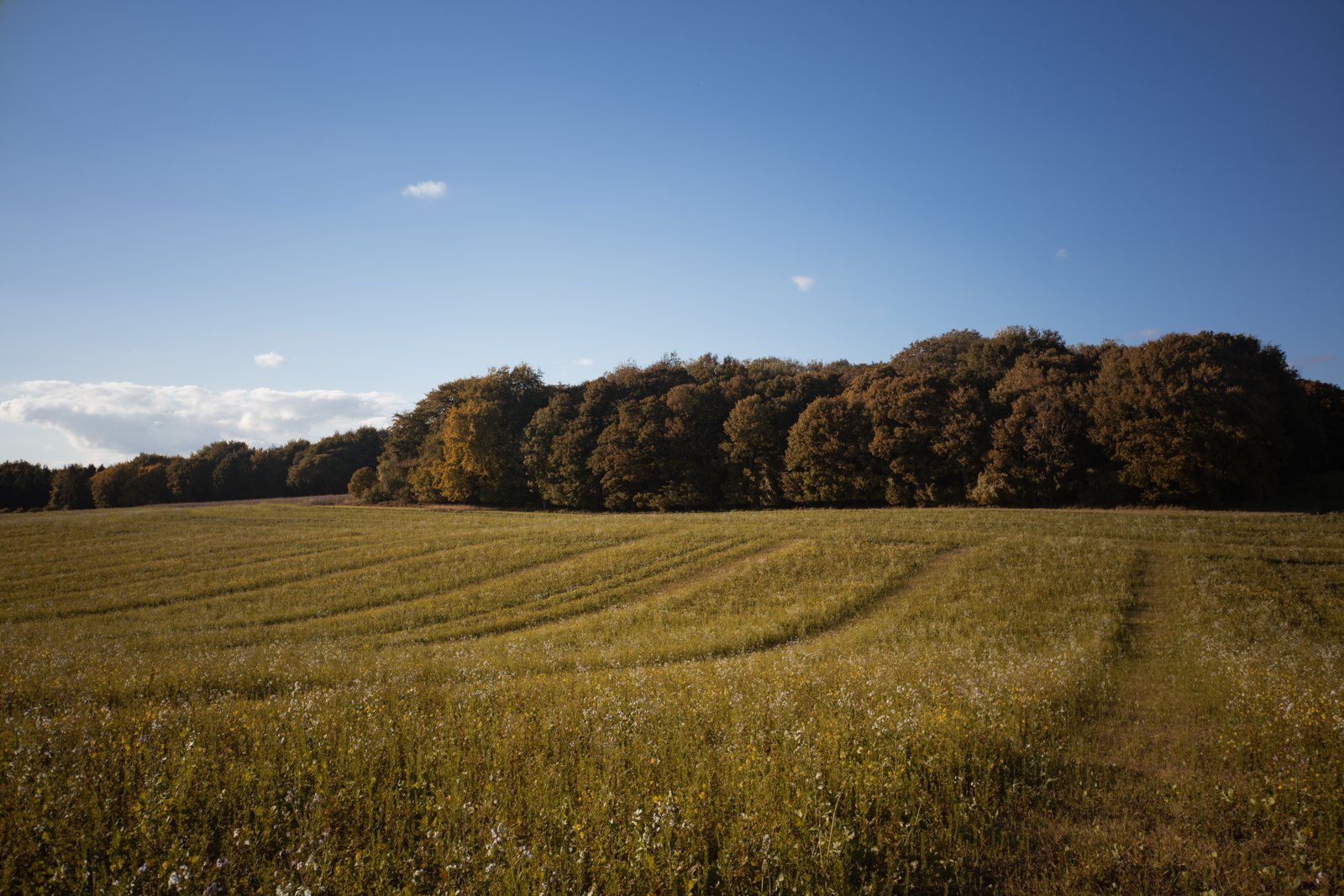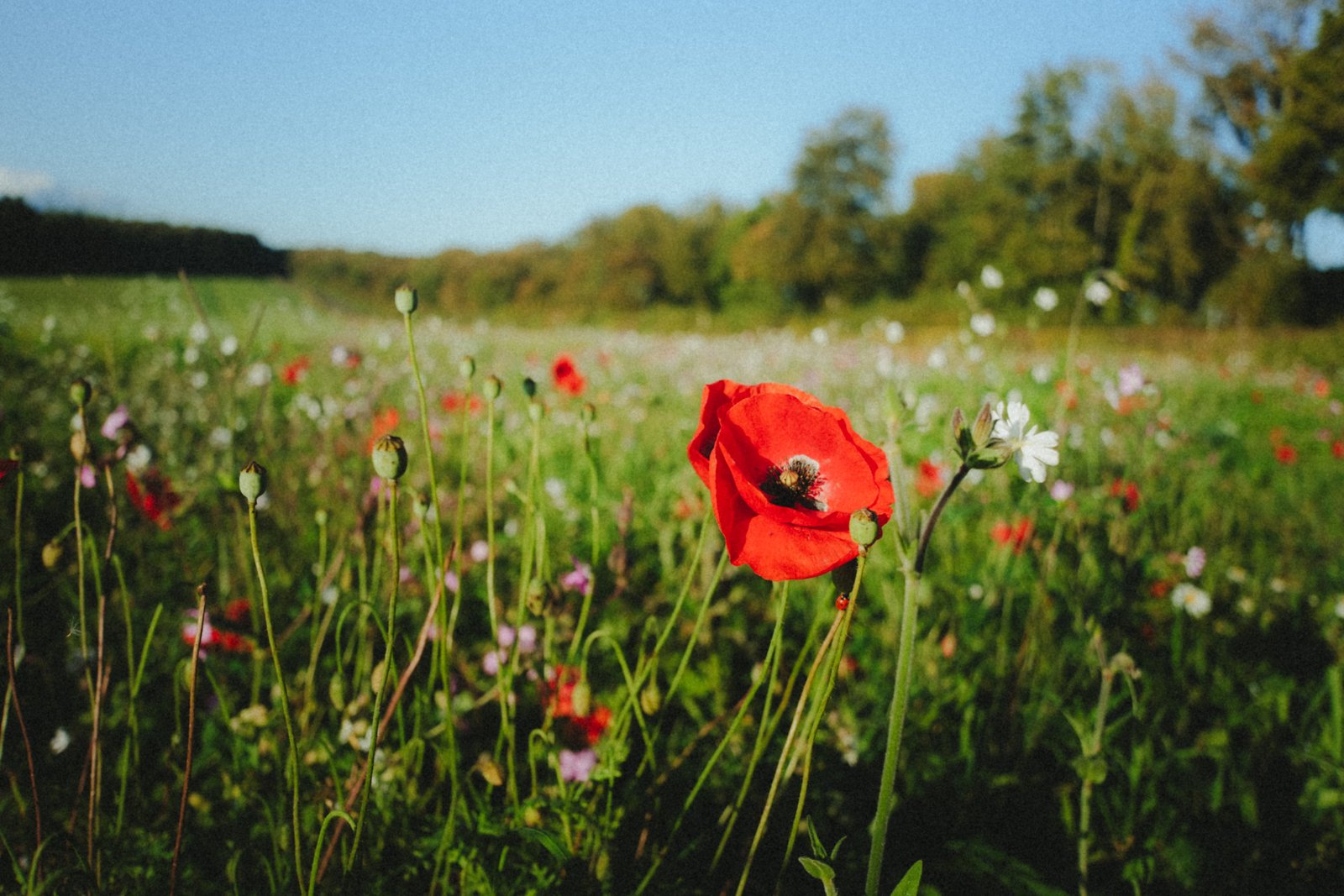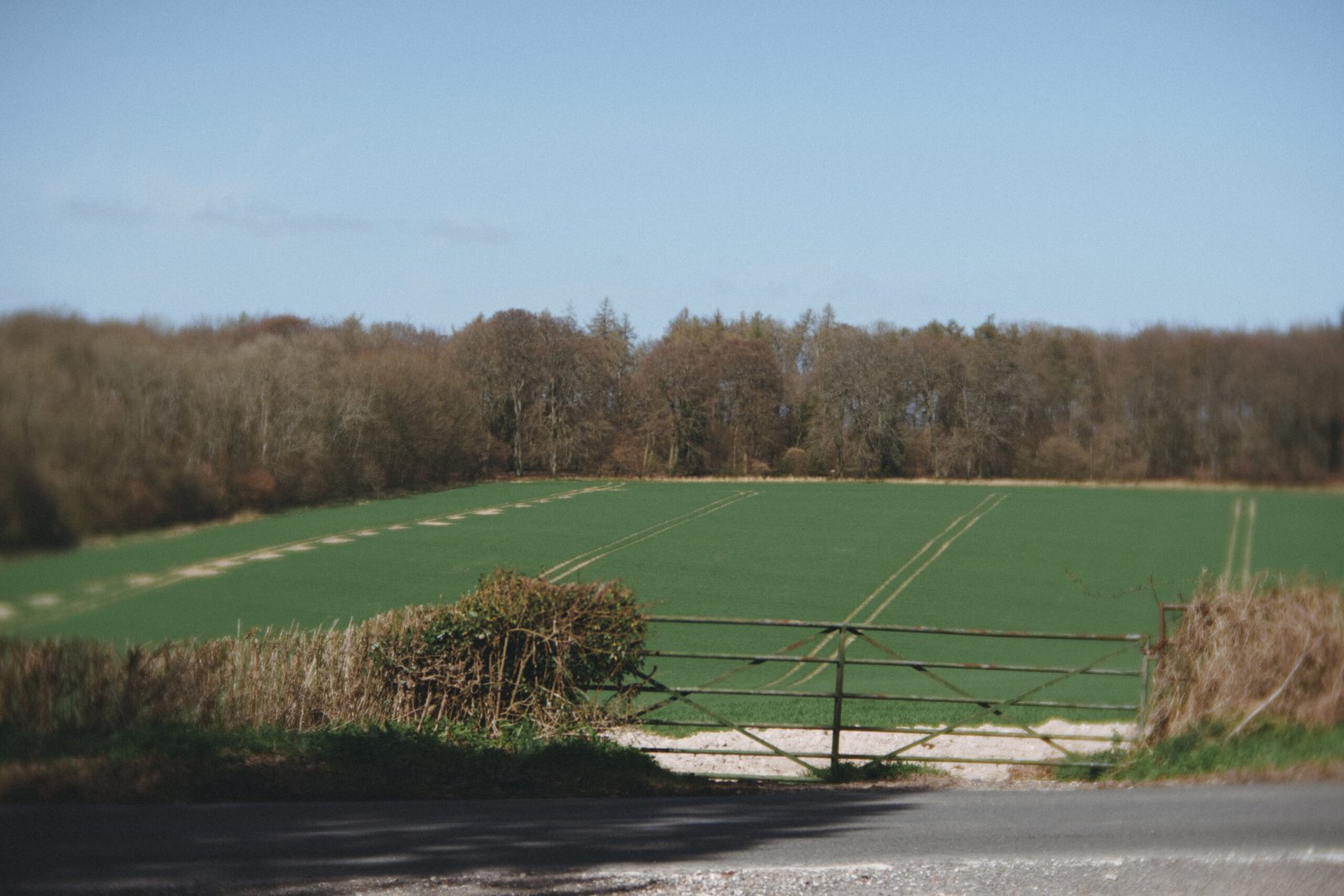On the Real Watership Down
The Combe & Caesar’s Belt
On their way to liberate does from Efrafa, the Watership Down rabbits enter fox country.
Less than half a mile to the west, they came upon a spinney adjoining the southern edge of Caesar’s Belt. To the west again was a shallow, dry downland combe, perhaps four hundred yards across and overgrown with weeds and rough, yellowing summer tussocks.
There, well before sunset, Kehaar, flying westwards down the Belt, spotted the rabbits lying up, all among the nettles and goose-grass.
Chapter Thirty —A New Journey.
A little under midway in the rabbits’ journey from Watership Down to the River Test at Overton, they catch sight, a few hundred yards away, of a line of narrow woodland running ‘straight across the down, stretching in each direction as far as they could see.’
This, Richard Adams writes (Chapter Thirty, A New Journey):
‘is the ‘line of the Portway—only intermittently a road—which runs from north of Andover, through St Mary Bourne with its bells and streams and watercress beds, through Bradley Wood, on across the downs and so to Tadley and at last to Silchester—the Romans’ Calleva Atrebatum. Where it crosses the downs, the line is marked by Caesar’s Belt, a strip of woodland as straight as the road, narrow indeed but more than three miles long.’
Holly, earlier recalling his doe-finding mission to Efrafa whilst in the Watership Down beech hanger (Chapter Eighteen, ‘You Can’t Imagine it Unless You’ve been There’) says of Caesar’s Belt:
‘These downland woods are queer, aren’t they? This was no thicker than the one above us now, but it stretched as far as we could see either way, in a dead straight line. I don’t like straight lines: men make them. And sure enough, we found a road beside this wood. It was a very lonely, empty road, but all the same, I didn’t want to hang about there, so we went straight through the wood and out the other side.’
The ‘very lonely, empty road’ described by Holly is the Cole Henley Road. Heading north-east from the hamlet of the same name, the road cuts to the right along the path of Caesar’s Belt for a short distance, until it meets with the B3051 Overton to Kingsclere Road.
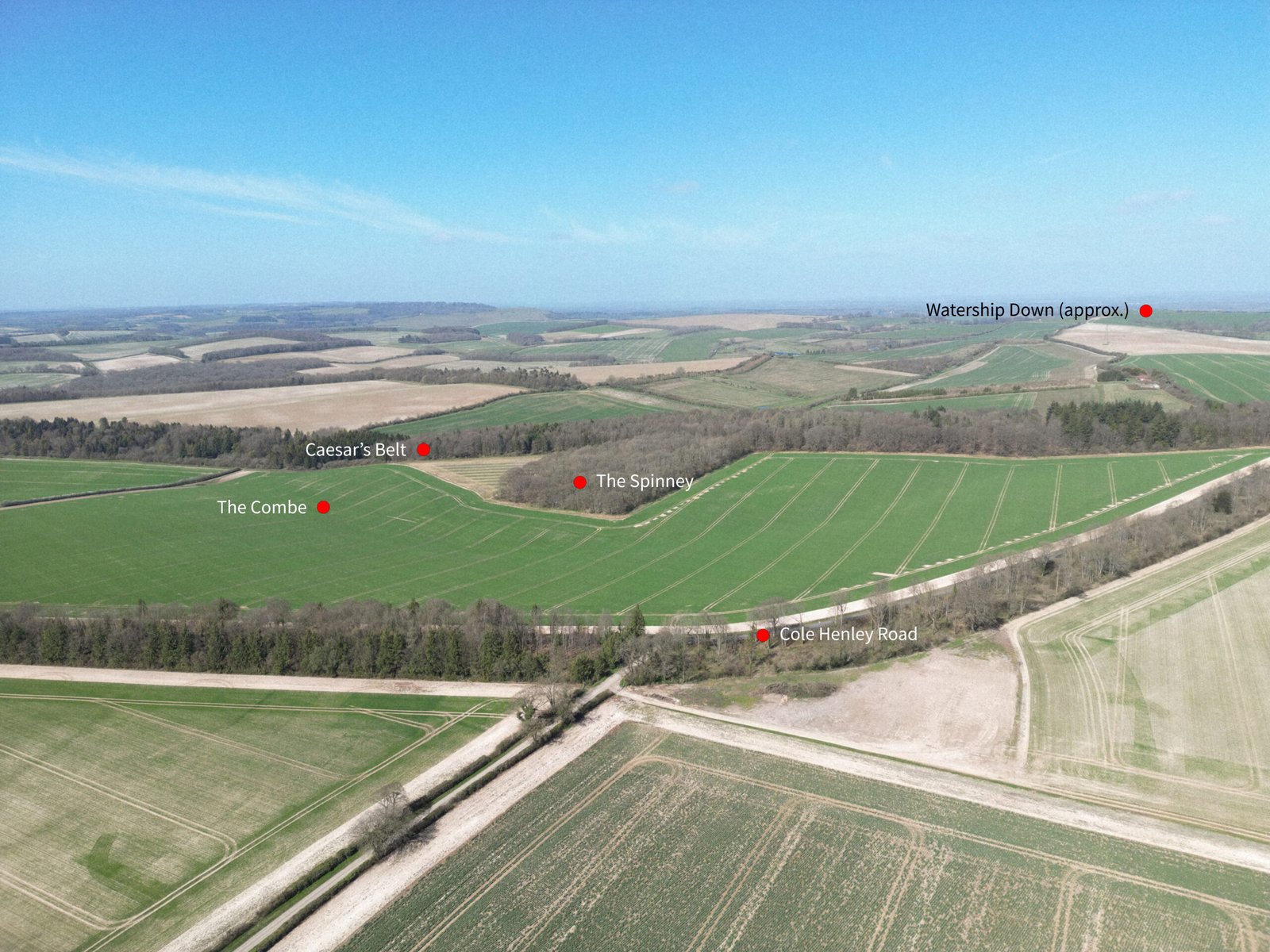
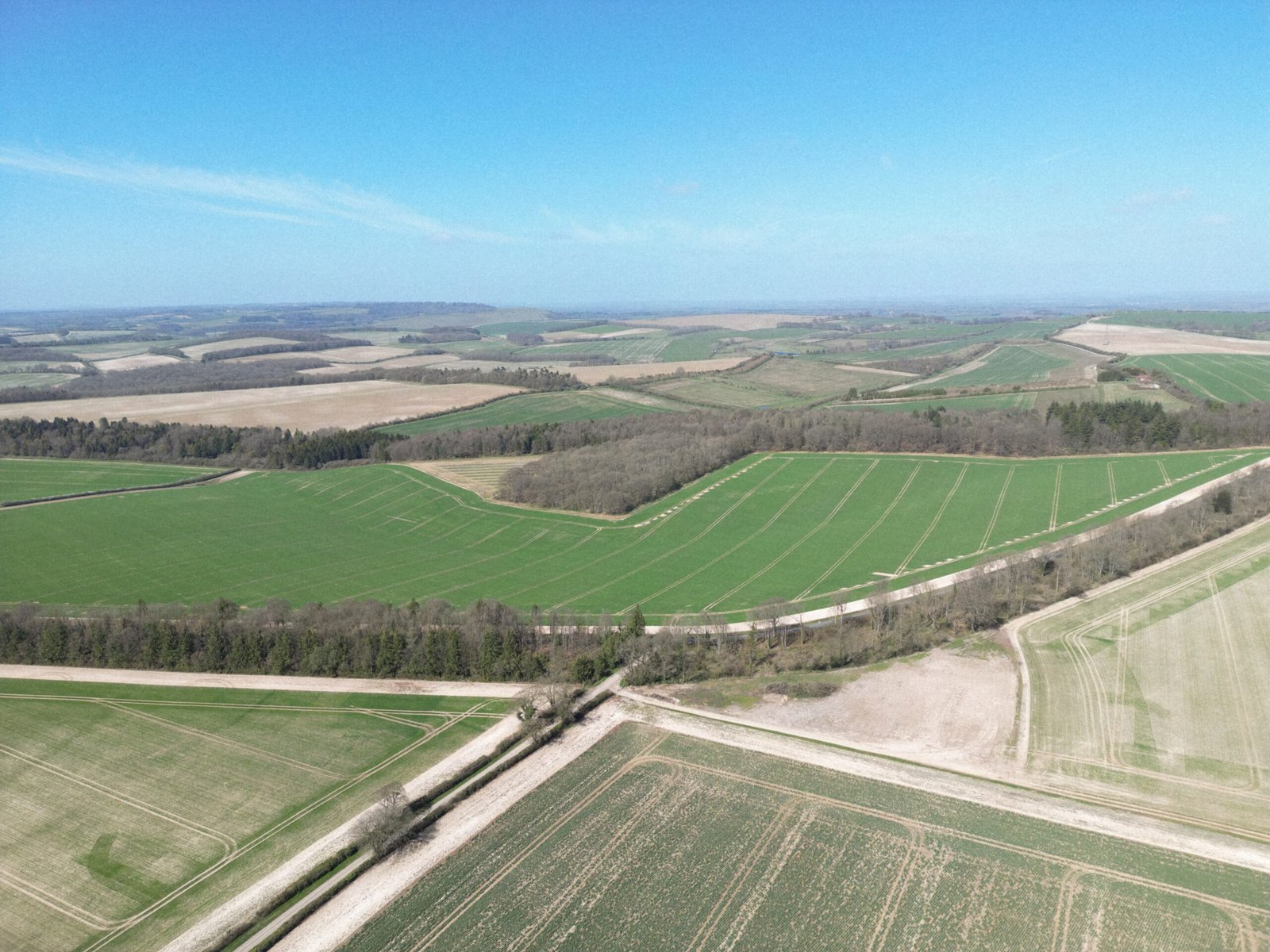
The combe, spinney and Caesar’s Belt from the air during March 2025.
Back in Chapter Thirty, it is on the edge of the spinney—a small area of trees, this one called Palmer’s Bushes—jutting out from Caesar’s Belt where most of the tired rabbits settle to hear Dandelion tell the story of El-ahrairah and the Black Rabbit of Inlé. Just prior to the completion of the tale, Hazel is alerted by Pipkin to the presence of a fox approaching them from the west. Its route was through a combe, a short valley, described by Adams as ‘perhaps four hundred yards across and overgrown with weeds and rough, yellowing summer trussocks’.
Bigwig, on edge due to his role in the forthcoming infiltration of Efrafa, bolts westwards (eastwards in the film) from the spinney towards the fox, drawing it northwards into Caesar’s Belt. The rabbits are horrified by the guttural squeals of what they perceive to be Bigwig being torn apart, but their brave colleague soon re-emerges to suggest it is time for them all to leave. The fox had filled up on the flesh of an Efrafan patrol leader, Captain Mallow, after Bigwig and his pursuer had crashed in on them.
Bigwig prepares to lure away the fox. Notice how the slope of the field is much more severe in this still from the film.
Today, the combe is somewhat different to the overgrown shallow described in the book. It is now routinely planted up with cereal crops, along with the rest of the large, amphitheatre-like field it is situated in. However, post-harvest, the meadow can become overgrown with various plants and weeds allowing you to view the location closer to how Richard Adams portrayed it.
